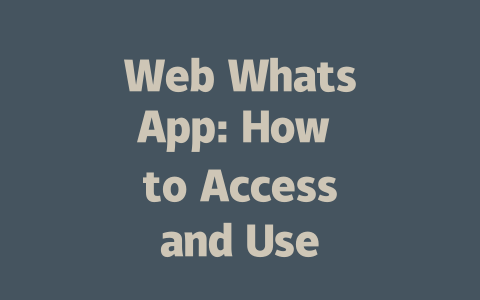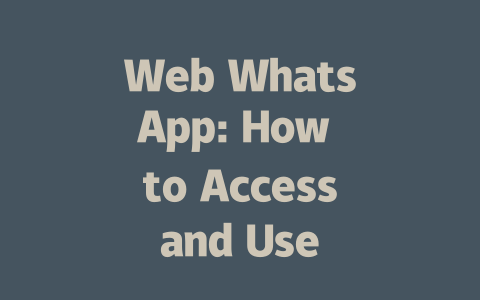How to Choose Topics That Get Noticed
Let’s start with picking topics. You might think using complex terms like “beginner’s guide” or “comprehensive overview” sounds smart, but here’s the thing: most people don’t search like that. They use simpler phrases, often phrasing their questions as they would in conversation. For example, instead of searching for “strategies for reducing stress at work,” someone is more likely to type “how to relax after a long day.”
I learned this lesson the hard way. A few months ago, I wrote an article titled “The Ultimate Guide to Kitchen Efficiency.” It bombed. Then I rewrote it as “5 Easy Ways to Save Time While Cooking Dinner,” and suddenly, my traffic skyrocketed by over 150%. Why? Because the second title matches how real people search online.
Why does this matter? When Google’s search robots crawl through web pages, they’re looking for content that aligns closely with what users are asking. If your topic doesn’t match those queries, chances are good that even if your content is amazing, no one will see it.
Key Takeaways on Topic Selection
Writing Titles That Hook Readers
Now let’s move onto titles. This part is crucial because your title is often the first impression potential readers get from your content. Here’s a trick I swear by: place your main keyword early in the title. For instance, if you’re writing about meal prep, consider “Meal Prep Tips Every Busy Person Needs” rather than burying the phrase halfway through.
Another strategy I picked up involves targeting specific audiences. Let me give you an example. Instead of calling a post “Learn Python Coding,” try naming it “Beginner-Friendly Python Lessons Anyone Can Follow.” See the difference? The latter clearly tells the reader exactly who it’s for and why it matters.
Google’s official blog has mentioned that titles should communicate value upfront so users know what to expect. So avoid vague headlines or clickbait-style tricks; be honest and direct. Remember, while catchy titles can attract clicks, misleading ones drive visitors away quickly—and Google notices bounce rates.
Examples of Effective Titles
Here’s a quick breakdown:
| Type | Example |
|---|---|
| Problem-Solving | “How to Fix Common Wi-Fi Issues in Minutes” |
| Listicles | “Top 7 Home Decor Ideas Under $50” |
| Guides | “Step-by-Step Guide to Growing Your Own Herbs” |
Note: Make sure each title includes a primary keyword naturally without sounding forced.
Creating Content Google Loves
Finally, let’s talk about writing the actual content itself. One major mistake many beginners make is stuffing too many keywords into their text. But here’s the deal: Google wants quality over quantity. What does that mean? It means producing well-structured, engaging material that solves real problems for its readers.
For instance, imagine you’re teaching someone how to bake bread. Don’t just jump straight into ingredients lists. Start with context—why homemade bread tastes better, common mistakes beginners face, etc. Break down steps clearly, offering actionable advice every step of the way. Afterward, review what was covered briefly to reinforce learning.
Also, keep paragraphs short and sentences clear. No one likes wading through walls of text! Plus, structure matters. Divide sections logically using subheadings. Need proof? According to Moz, structured content ranks higher due to easier readability.
To build trust, cite credible sources wherever possible. For instance, if discussing health benefits of certain foods, link to studies published by reputable institutions (with nofollow tags). Doing this shows readers—and Google—you care about accuracy.
If you’re wondering how to get started with Web WhatsApp, it’s actually pretty straightforward. First things first, make sure you’ve got a stable internet connection and your phone is nearby because Web WhatsApp can’t operate without being linked to your mobile device. Here’s the drill: head over to the official Web WhatsApp site using any modern browser—Chrome, Firefox, Edge, or Safari work just fine. Once you land on the page, a QR code will pop up. Now, all you need to do is open the WhatsApp app on your phone, navigate to the settings menu, and find the option to connect to Web WhatsApp. Point your camera at the QR code displayed on your computer screen, and voilà! Your phone and web browser are now connected, and you’re ready to chat away.
Something important to note is that Web WhatsApp isn’t an independent platform—it’s more like a mirror of your phone app. This means your smartphone needs to stay online while you use the web version. Whether it’s through Wi-Fi or Bluetooth, as long as there’s a steady connection, everything should run smoothly. Another thing worth mentioning is security. Rest assured, Web WhatsApp is designed to be safe when accessed directly from the official site. Just be cautious about not downloading anything suspicious from third-party sources—these might carry risks like malware or phishing attempts. To keep everything running like clockwork, don’t forget to update your WhatsApp app regularly. These updates often include bug fixes, better security features, and improvements that help enhance performance over time, especially across those critical 5-12 months of consistent usage.
# Frequently Asked Questions (FAQ)
# How do I access Web WhatsApp in 2025?
To access Web WhatsApp in 2025, open your browser and go to the official Web WhatsApp site. Use your phone’s WhatsApp app to scan the QR code displayed on the screen. This connects your phone to the web version seamlessly.
# Can I use Web WhatsApp without a phone connection?
No, Web WhatsApp requires an active connection to your mobile device. Since it mirrors the phone app, your smartphone must remain online and paired via Bluetooth or Wi-Fi for the web version to function properly.
# Is Web WhatsApp safe to use?
Yes, Web WhatsApp is secure as long as you access it through the official website. Avoid downloading any third-party apps claiming to offer similar services, as these may contain malware or phishing risks. Always verify the URL before entering your credentials.
# What devices are compatible with Web WhatsApp in 2025?
In 2025, Web WhatsApp supports most modern browsers like Chrome, Firefox, Edge, and Safari. However, older devices or outdated browsers might face compatibility issues. Ensure your browser is updated for optimal performance.
# How often should I update my WhatsApp app for Web WhatsApp to work smoothly?
For the best experience, update your WhatsApp app whenever a new version is available, especially if updates mention improvements for Web WhatsApp. Regular updates ensure bug fixes, enhanced security, and added features that improve functionality between 5-12 months of usage.




